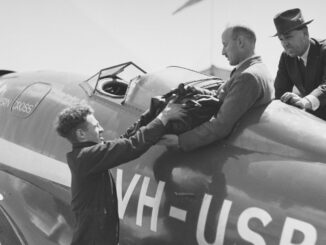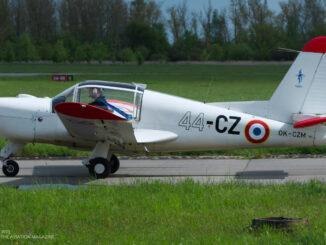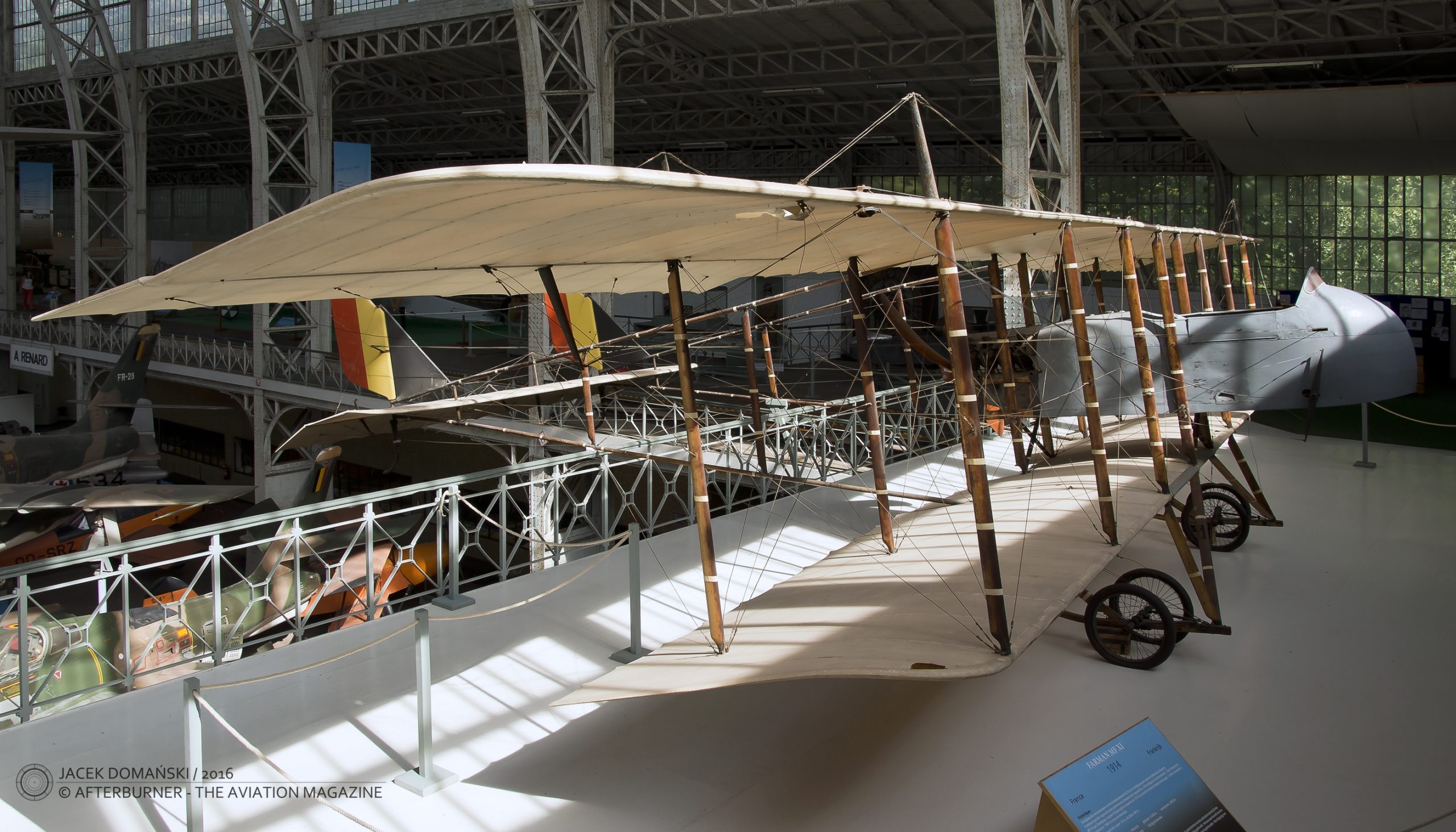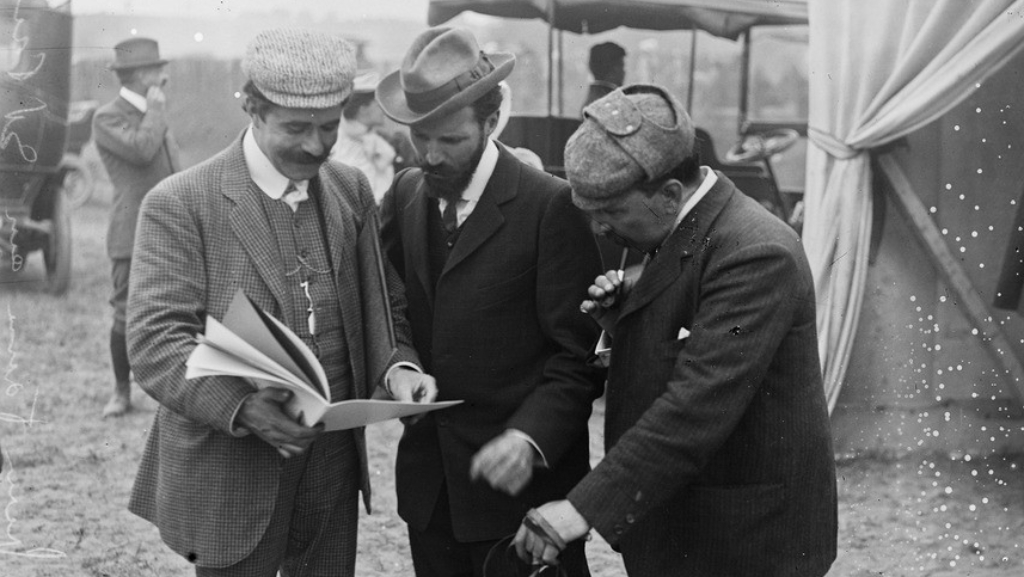 The Farman brothers were British–French aviation pioneers and aircraft manufacturers. Richard Farman (né Tom Dickie Mudford Farman) was the eldest son of a British newspaper correspondent based in Paris, France, and was born in 1872. His two younger brothers were Henri (né Harry Edgar Mudford) and Maurice (né Allan Maurice Mudford), born in 1874 and 1877 respectively.
The Farman brothers were British–French aviation pioneers and aircraft manufacturers. Richard Farman (né Tom Dickie Mudford Farman) was the eldest son of a British newspaper correspondent based in Paris, France, and was born in 1872. His two younger brothers were Henri (né Harry Edgar Mudford) and Maurice (né Allan Maurice Mudford), born in 1874 and 1877 respectively.
The Farman brothers had been interested in technical innovations since their school years. Henri and Maurice became competitive cyclists and soon achieved championship status. In the 1890s, Henri won several races, including the French Championships, undertook a bicycle trip from Paris to Madrid and, in 1895, he and his brother Maurice set a new tandem cycling record.
The brothers later discovered a new passion for motor racing, giving up their cycling careers to pursue automobile competitions instead. They quickly became professional drivers and won several national and international races.
In 1901, Maurice won the Pau Grand Prix, the first race ever to be called a “Grand Prix”. The following year, he won the Paris–Arras race. Then, also in 1902, Henri won the Paris–Vienna race in the heavy category and, the next year, finished third in the Gordon Bennett Cup.
Two years later, following his car accident that occurred during trials for the 1905 Gordon Bennett Cup, Henri decided to give up motor racing. Shortly afterwards, he was drawn to a new passion – aviation.
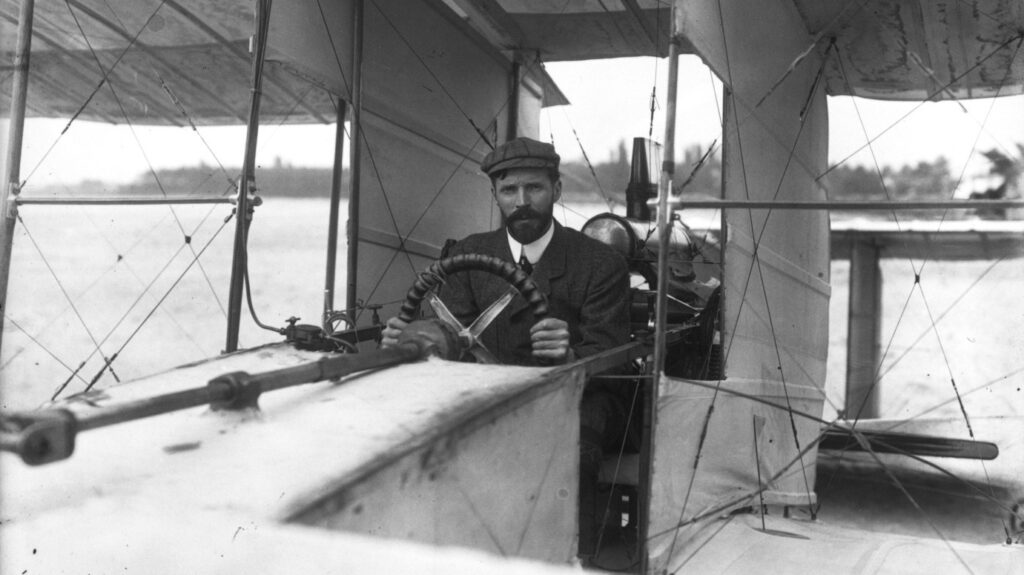
Henri Farman began his aviation career in 1907 with homemade gliders. After several successful flights, he decided to purchase a powered aircraft. His choice was a Voisin biplane, built earlier that year by Gabriel Voisin. Initially, it was officially designated Voisin 1907 but is now known by various names, including Delagrange I, Henri Farman No. 1, Voisin-Farman I, or simply Voisin II.
During the autumn of 1907, Henri Farman practised extensively, gradually making modifications to the Voisin’s structure. In October of that year, he made aviation history by performing a series of long-distance flights, covering 185, 363, 403, and finally 771 metres.
Following that successful October, Farman continued his record-breaking streak. On 10 November 1907, he flew a distance of 1,030 metres in a flight lasting 1 minute and 14 seconds. Farman became the first European to remain airborne in a heavier-than-air aircraft for more than one minute – the third person in the world to achieve this feat, after the Wright brothers – and the first ever to complete a fully circular flight.
This was just the beginning of Henri Farman’s contributions to aviation history. In March 1908, he broke his own record by flying a 2,004-metre circular circuit. In October of that year, he performed the first cross-country flight in Europe, covering a distance of twenty-seven kilometres.
Maurice Farman followed in his brother’s footsteps. In 1908, he purchased a Voisin Model 4 and, the following year, set several world records for speed and flight endurance.
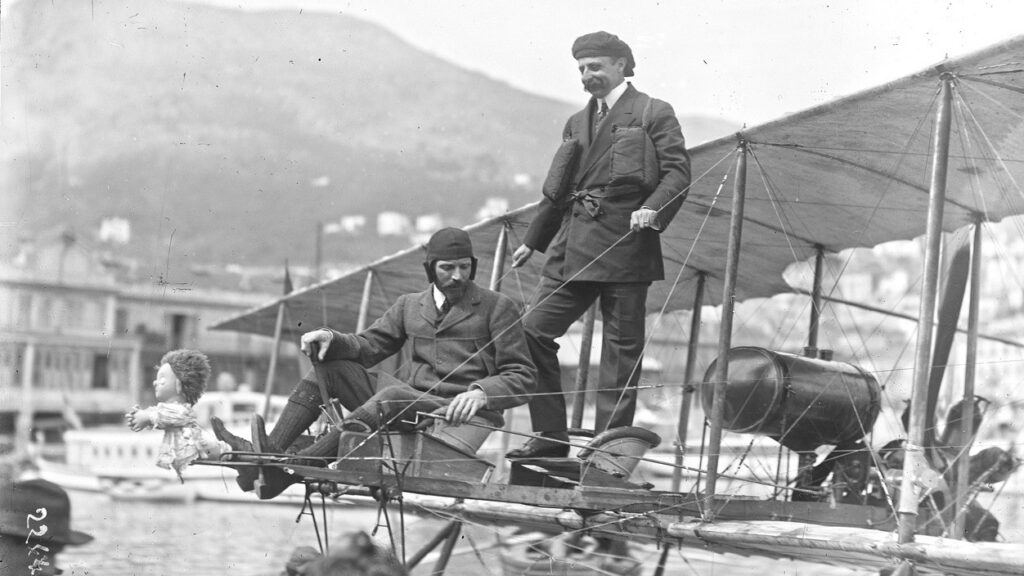
Eventually, the Farman brothers decided to establish their own flying school, followed by an aircraft manufacturing company. They produced several well-known civil and military aircraft, including the Goliath, the first long-distance passenger airliner.
Richard Farman is the least known of the three brothers. Unlike Henri and Maurice, who were constantly breaking new aviation records, he focused on the administrative and managerial side of the family business.
Richard Farman, commonly known as Dick, became an electrical engineer and founded Palais de l’Automobile, one of the largest car dealerships in France which specialised in custom-built luxury cars. Richard Farman was also responsible for building the first electric tram in Brazil.
In later years, Dick managed the family’s aircraft factory and airline. He was said to often have to mediate disputes between his younger brothers. The Farman brothers retired from the aviation industry in 1937, when the French government nationalised the domestic aviation sector.
Richard Farman died on 31 January 1940, aged 67. Henri passed away on 17 July 1958, aged 84, and Maurice died on 25 February 1964, aged 86.
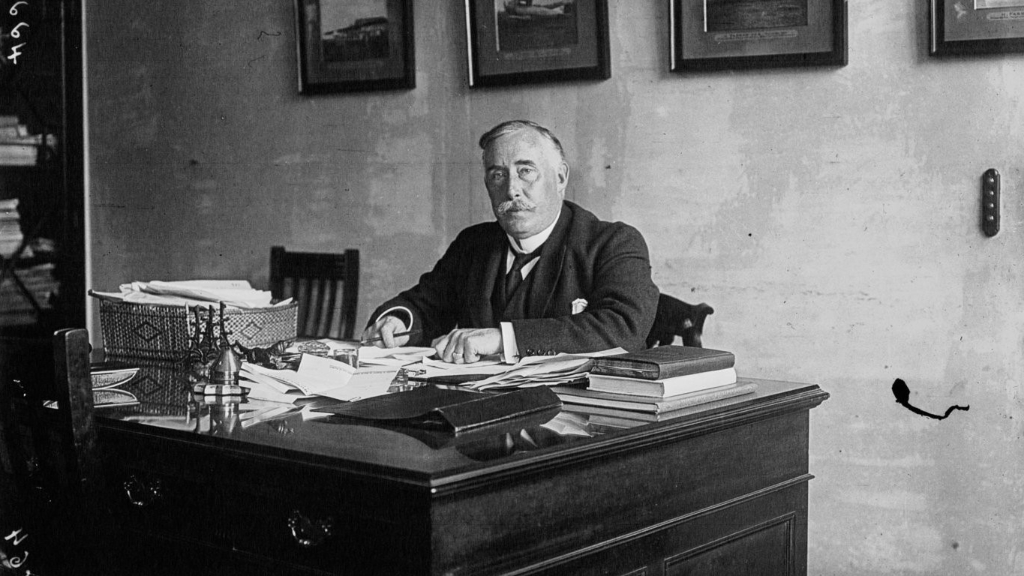
Cover photo: the Farman Brothers (Dick, Maurice and Henri), at Grand Prix ACF 1906 (photo: gallica.bnf.fr / Bibliothèque nationale de France, ark:/12148/btv1b9034006v, cropped)

